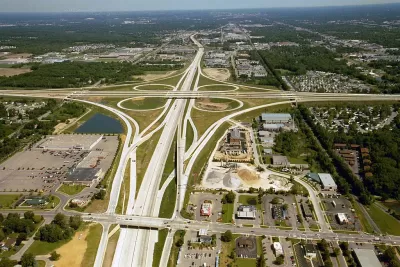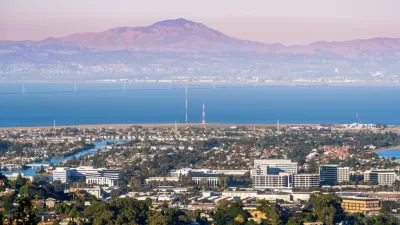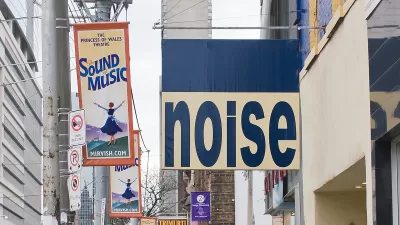Researchers from Denmark and Norway have looked at the accuracy of traffic forecasts for road projects. Their conclusion is that the forecasts systematically overestimate traffic growth rates and the resulting congestion effects.

Traffic forecasts often deliver influential input to the debate over whether or not to build new infrastructure to meet growing demand. The forecasts are important because they are used to calculate key performance indicators such as accident reductions and economic rate of return. As a result, they can play a decisive role in arguing for or against individual projects.
In a new article published in the scientific journal Transport Policy, two researchers from Aalborg University in Denmark and the Norwegian University of Life Sciences in Norway have compared the predicted and the actual traffic levels in business-as-usual scenarios used for Danish and English road projects. Their research shows that the traffic forecasts have predicted too high a growth rate in 7 out of 10 projects.
In the abstract, the researchers claim that "the main implication for planning practice is that the severity of future congestion problems is systematically overestimated. As a consequence, impact appraisals of road construction as a means of congestion relief appear overly beneficial." While it has not been possible to pinpoint the exact causes for the observed inaccuracy, the researchers argue that the most likely cause is that traffic is often assumed to continue growing regardless of available capacity. In reality, they claim, some people will find alternatives when congestion levels get too high, possibly choosing public transportation, moving closer to their workplace or finding a new job with a shorter commute time.
FULL STORY: Roads to nowhere: The accuracy of travel demand forecasts for do-nothing alternatives

Planetizen Federal Action Tracker
A weekly monitor of how Trump’s orders and actions are impacting planners and planning in America.

San Francisco's School District Spent $105M To Build Affordable Housing for Teachers — And That's Just the Beginning
SFUSD joins a growing list of school districts using their land holdings to address housing affordability challenges faced by their own employees.

Can We Please Give Communities the Design They Deserve?
Often an afterthought, graphic design impacts everything from how we navigate a city to how we feel about it. One designer argues: the people deserve better.

The EV “Charging Divide” Plaguing Rural America
With “the deck stacked” against rural areas, will the great electric American road trip ever be a reality?

Judge Halts Brooklyn Bike Lane Removal
Lawyers must prove the city was not acting “arbitrarily, capriciously, and illegally” in ordering the hasty removal.

Engineers Gave America's Roads an Almost Failing Grade — Why Aren't We Fixing Them?
With over a trillion dollars spent on roads that are still falling apart, advocates propose a new “fix it first” framework.
Urban Design for Planners 1: Software Tools
This six-course series explores essential urban design concepts using open source software and equips planners with the tools they need to participate fully in the urban design process.
Planning for Universal Design
Learn the tools for implementing Universal Design in planning regulations.
Borough of Carlisle
Smith Gee Studio
City of Camden Redevelopment Agency
City of Astoria
Transportation Research & Education Center (TREC) at Portland State University
City of Camden Redevelopment Agency
Municipality of Princeton (NJ)





























